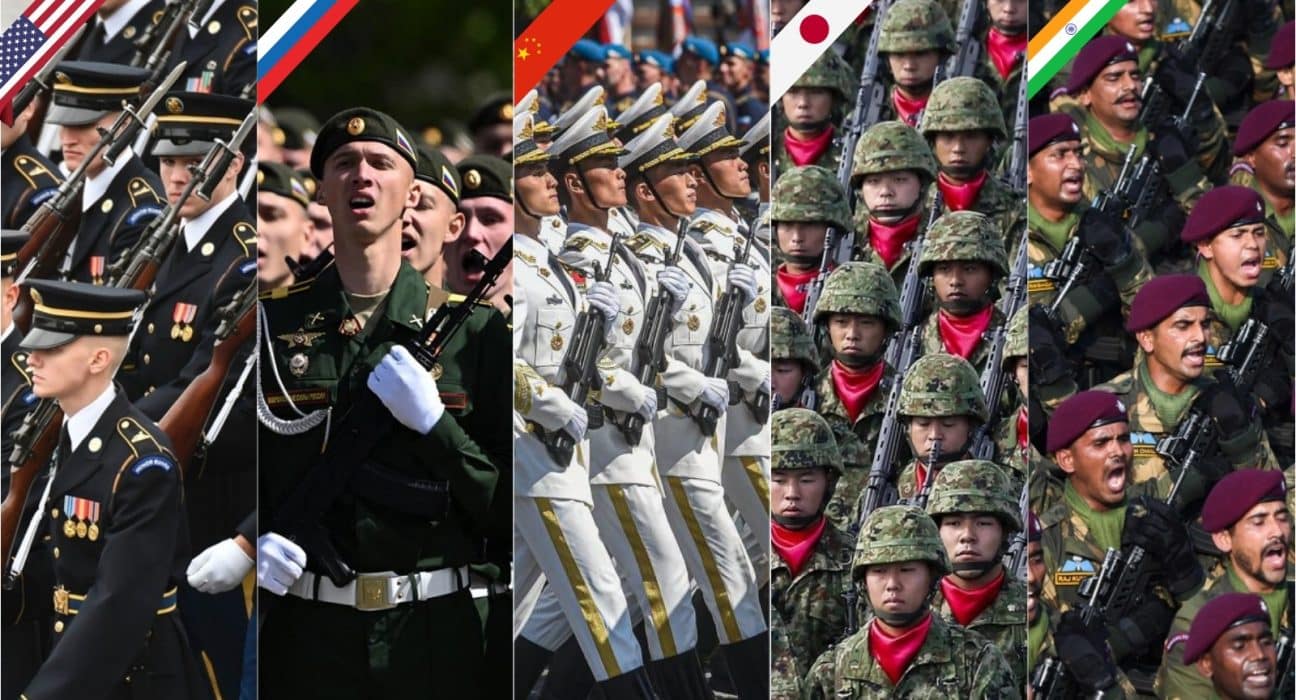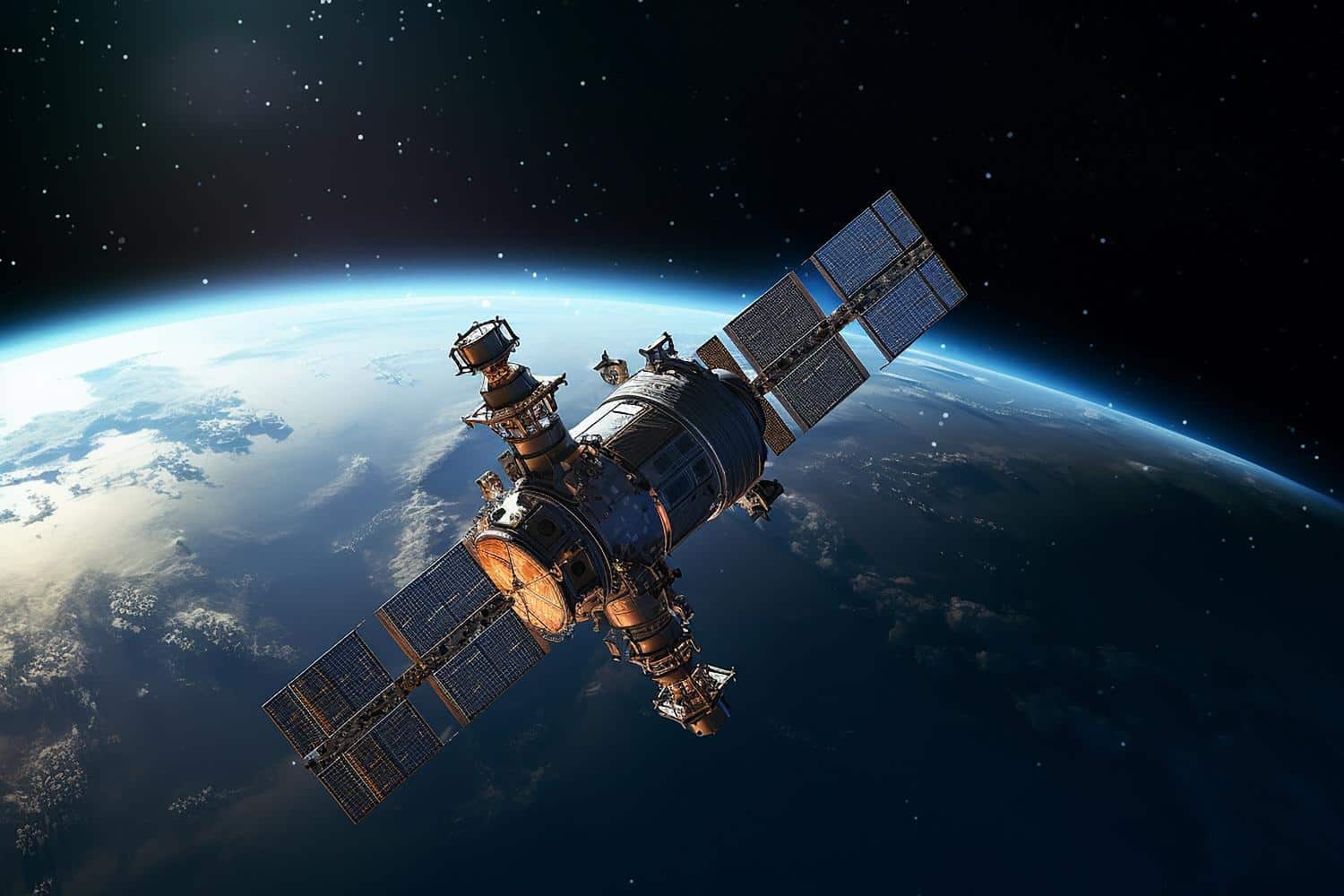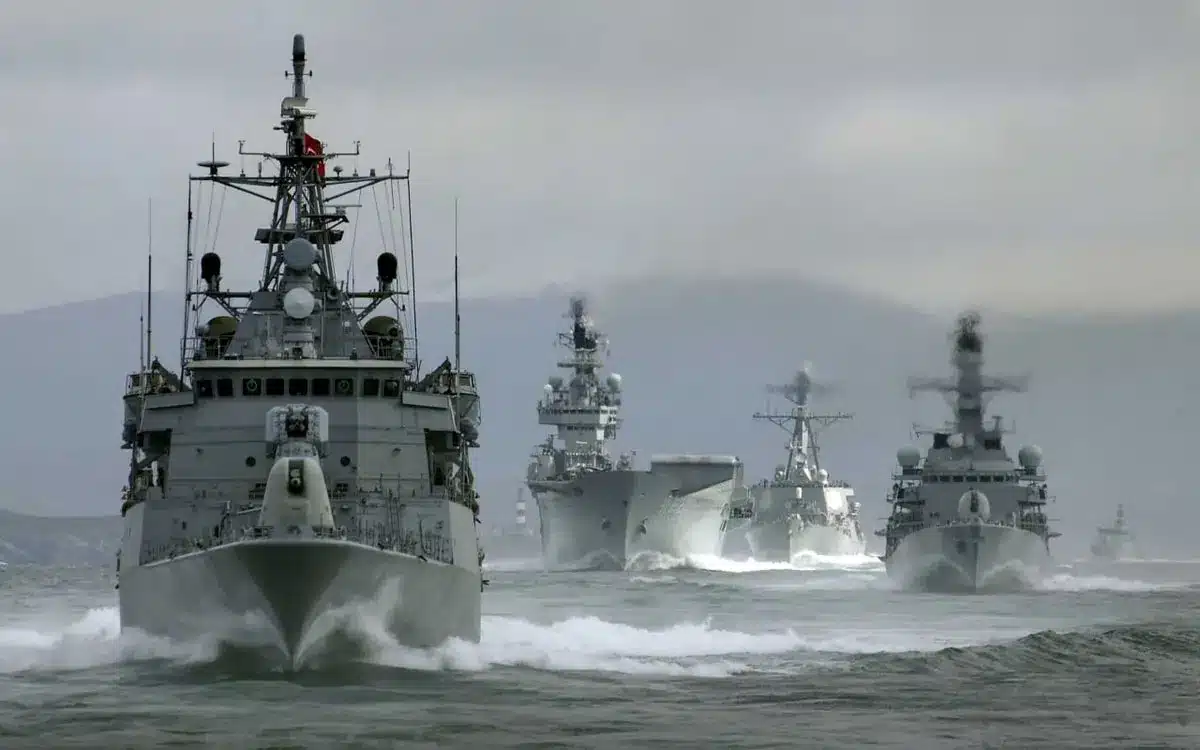In 2024, global military spending reached a record $2,718 billion, marking a 9.4% increase over the previous year. This increase, the largest since 1988, reflects a decade of continuous growth, with a total increase of 37% between 2015 and 2024.
The top five spenders in 2024 were the United States, China, Russia, Germany and India, together accounting for 60% of global military spending. (Stockholm international peace research institute SIPRI)

Focus on the main military forces
🇺🇸 United States:
With a budget of 997 billion dollars in 2024, the United States remains the world’s leading military power. The country has 11 aircraft carriers, numerous nuclear submarines, and an air fleet including the F-35, F-22, B-1, B-2, as well as advanced drones such as the MQ-9 Reaper. The United States also maintains more than 750 military bases in 80 countries.
🇷🇺 Russia:
Russia has increased its military spending by 38% in 2024, reaching 149 billion dollars, or 7.1% of its GDP. It has an army of 1.28 million active soldiers and 1.72 million reservists. Russia also has a large naval fleet, fast nuclear submarines and strategic bombers such as the TU-160M.
🇨🇳 China:
China will spend 314 billion dollars on defense in 2024, representing 1.7% of its GDP. With 2 million active soldiers and 800,000 reservists, it has the largest army in terms of manpower. China continues to modernize its forces, with J-20 fighters, stealth bombers under development, and an expanding navy.
🇮🇳 India :
India will spend 86.1 billion dollars on defense in 2024, or 2.3% of its GDP. It has 1.468 million active soldiers and 1.15 million reservists. India continues to modernize its arsenal through foreign purchases and the development of new technologies.
🇯🇵 Japan:
Japan has allocated 55.3 billion dollars to defense in 2024, equivalent to 1.4% of its GDP. With 240,000 active soldiers and 55,000 reservists, Japan has a modern navy, an air force equipped with F-35s, and an overseas military base in Djibouti.
The year 2024 was marked by a significant increase in global military spending, reaching record levels. The major powers continue to strengthen their capabilities, reflecting an increasingly tense geopolitical environment. This trend is set to continue into 2025, with increased investment in the upgrade of armed forces and the development of new technologies.





